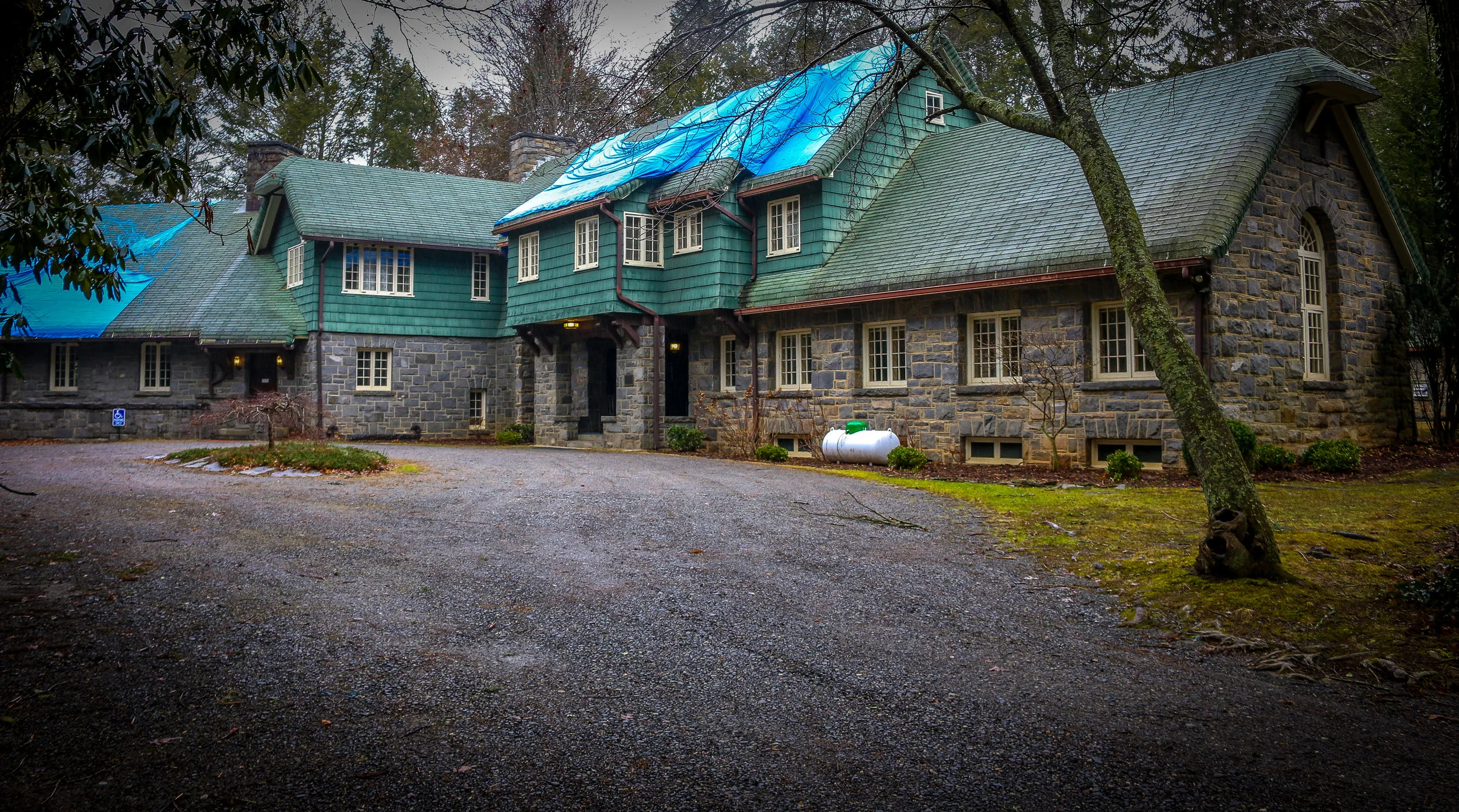Selma, Alabama is a stunning city. Rarely have I driven into a place on this whole journey where I have been more eager to jump out of my van and start taking photos. The downtown area is packed with historic buildings reminiscent of days gone by. The neighborhoods are full of old Victorian-era mansions that hark back to better days in the Queen City of the Black Belt. As in most of the Black Belt of Alabama, cotton was king during the antebellum period and Selma’s position right on the Alabama River made it a prime place for a thriving city. During the war, Selma was a major shipbuilding center and manufacturing town for the confederacy. The post-war years were difficult on Selma and race relations were strained way past the point of breaking as lynchings and intimidation were common occurrences. Selma became notorious during the Civil Rights Movement, especially on the topic of voting rights, and was the jumping off point for the Selma to Montgomery March. Driving or walking around Selma today, it is apparent that the city has seen better days. Buildings are crumbling and many of the old homes are boarded up and falling apart, but it doesn’t take a lot of imagination to picture what it once was. As in so many parts of the country, the economy in Selma is struggling and there aren’t enough jobs or money to go around. I hope for the best for the future of this beautiful city. You should definitely go for a visit, spend some time in the wonderful Selma to Montgomery National Historic Trail visitor center run by the National Park Service, walk across the Edmund Petus Bridge and then just go for a ramble and see what you can find. While at first glance you may think that “Queen City” is a bit grandiose, but the deeper you look the more appropriate you’ll find it. I hope you enjoy these photos from The Queen City of the Black Belt.
Viewing entries tagged
mansion
Whitehall was the winter residence of Henry Flagler, the father of Florida tourism. Having made his fortune in Standard Oil, Flagler set out to build a railroad from Jacksonville to Key West and a hotel and tourism empire along the way. Bringing tourists too Florida was one thing, but he also brought fruit and vegetables from Florida as well, making tourism and agriculture the two foundations blocks of the Florida economy. One of his signature hotels, The Breakers, is located in Palm Beach very close to Whitehall.
Built in 1902, this Gilded Age, Beaux Arts mansion boasts 75 rooms including a grand ballroom, a spectacular music room, a wonderful library and a beautiful dining room. When it was built, Whitehall included all of the modern amenities of the time including electricity, indoor plumbing and even a telephone. They also had central heat which was surprisingly used mostly in summer to dry the building out from the damaging Florida humidity. It is a beautiful home, inside and out with some phenomenal detail work (albeit most of it was created with plaster casts). I really enjoyed my visit, and I hope you enjoy these photos from Henry Flagler’s Whitehall.
Most people have probably never heard of Intheoaks, the magnificent one-time home of incandescent lighting pioneer Franklin Terry and his second wife Lillian. Frank and Lillian would probably be happy about that. This wonderful 24,000 square foot home hidden, quite literally, in the oaks of Black Mountain, North Carolina was never meant to be boastful or showy, it was meant to be lived in and enjoyed. Even people in Black Mountain, the town where it is located, seemed to have no idea what I was talking about when I mentioned it. I had never heard of it myself until a friend of mine tipped me off to check it out. I'm really glad he did. Visiting Intheoaks (yes, that is how it's spelled) was truly one of the highlights of my entire month in North Carolina...




